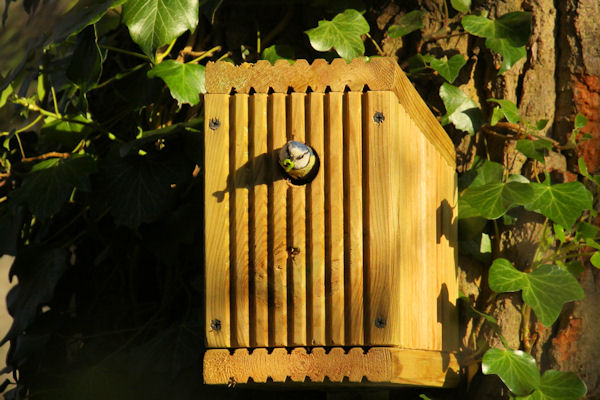Fruits of the Forest
Although it’s been very dry this summer, there has been a fairly good crop in the woodland. Within easy access of the paths has been an abundance of fruit and although far smaller than those in the supermarkets, they’re just as tasty and totally organic. They are quite sweet in flavour and naturally not very sharp, so you do not need to add sugar. A 150g punnet in a supermarket costs around the £2 mark. They are mainly grown abroad, the Asda website for example stating 29 different countries of origin from as far away as Argentina and South Africa; not great for the environment.
When picking, it's best to take fruit from a metre or so from the ground as dogs and foxes would have likely been past. Once picked, always thoroughly wash the fruit and lay out to dry (kitchen roll is great for this) before adding to a container to freeze for use later on.
Blackberries form after
flowering, from around the end of July until the end of August.
A lot of insects including many species of butterflies and bees pollinate the flowers and this is described in more detail in a previous blog, simply click here.
The careful observer might notice that there are different types of bramble in the wood. Some have white flowers, others may have pink flowers.
According to information found online, blackberries have been used in Europe for over 2,000 years for both food and medicinal purposes as well as being planted for hedgerows. In fact, evidence of people eating blackberries can be traced all the way back to the Iron Age 2,500 years ago.
Since Victorian times, blackberries have become popular for jams, preserves, crumbles, pies and even cordials.
For a great selection of recipe ideas on the BBC Good Food site, click the link here.
Would you be interested in a
home made blackberry jam produced from Bicknor Wood? We’d love to hear from
you, please leave a comment.












Comments
Post a Comment